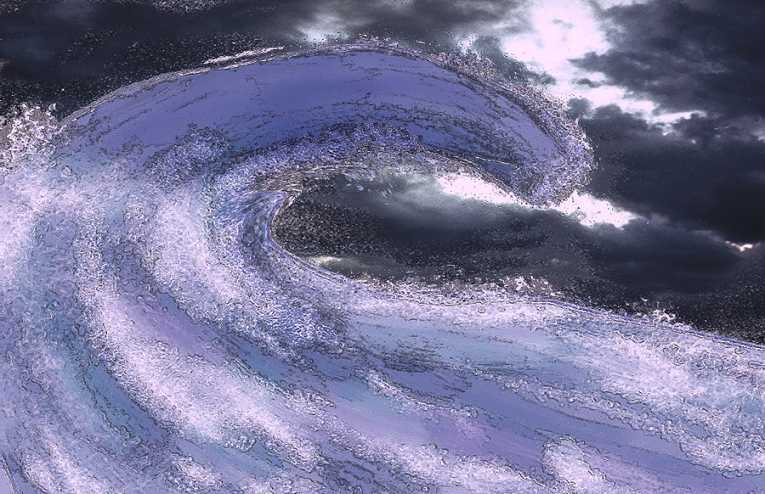As the tsunami that caused such devastation in Japan in March headed towards the coast it was picked up for the first time by high frequency radar, raising hope of a new early warning system.
When a 9-magnitude earthquake struck on March 11 off Tohoku, it triggered a massive tsunami with waves of up six metres in height inundating coastal cities.
Almost 16,000 people died in the disaster which also triggered a major alert at the Fukushima nuclear power plant. Two hundred and seventeen square miles were flooded by the waves.
Scientists at the University of California, Davis, (UCDAVIS) picked up the tsunami on a high frequency radar array at the Bodega Marine Lab and - in a paper published in the journal Remote Sensing - argue that radar could form an important early warning system.
"It could be really useful in areas such as south-east Asia where there are huge areas of shallow continental shelf," said Professor John Largier, an oceanographer at the Bodega Marine Laboratory.
The radar, funded by the state government, has been operating for 10 years to study the oceans, and Largier has linked with colleagues in Hokkaido, Japan to study whether the equipment picked up the devastating tsunami. While the waves themselves were not initially detected, changes in current were, and once in shallow waters, the waves were picked up.
While the Californian coast is already monitored by pressure gauges and has a sharper drop off into deep water, radar, say the authors, can help in areas like the American East Coast and in Southeast Asia.
Top Image Credit: Illustration of a tsunami wave © Odds and Bodkins










